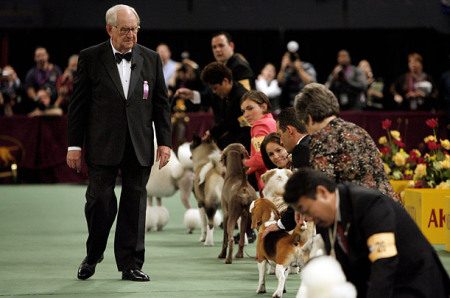
When watching the annual Westminster Dog Show, I am always intrigued by comments about each breed’s particular purpose and capability traits.
The history of how dogs have been utilized to accomplish a wide variety of tasks is fascinating. The unique personality and physical characteristics of the breeds makes each one ideally suited for taking on some pretty demanding challenges.
There are hunters, workers, leaders, protectors, and companions.
From water repellant coats and webbed paws for working in water to thick warm coats for cold climates to small bodies with short legs to big bodies with long legs, each breed is equipped with the right tools for getting specific jobs done.
Owners have depended on their dogs and their unique performance abilities for hundreds, and in some cases thousands, of years. Each breed’s record of competence has been well demonstrated.
Westminster Show announcers always stress the importance of considering a dog’s distinctive personality and physical characteristics as important factors when deciding which dog to bring into a home.
Some breeds are low maintenance and are great around children while others can demonstrate challenging behavior that requires patience and a commitment to training.
The consideration process for choosing the right dog can be applied to finding a new nonprofit or association board member.
What specific talents and abilities does your board need? What personality characteristics should be present to ensure someone will be a good fit?
What are your prospective board member’s demonstrated behavior and performance tendencies? Will patience and extra training be required?
Just as not all dogs are the same, neither are board members.
If you choose your board members with as much care and thought as you would take with choosing a dog, you will have a board’s best friend!
Previous Article
Next Article